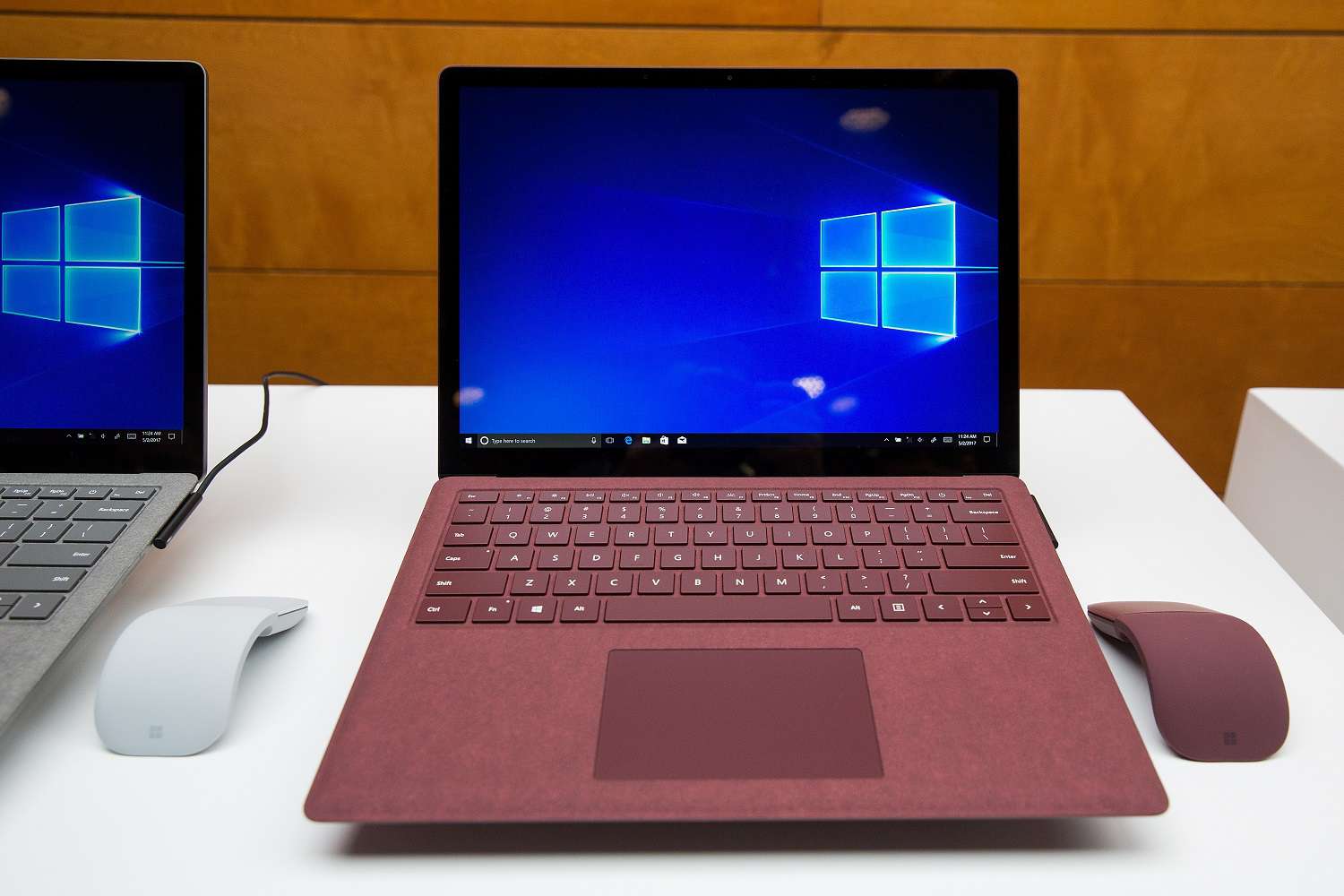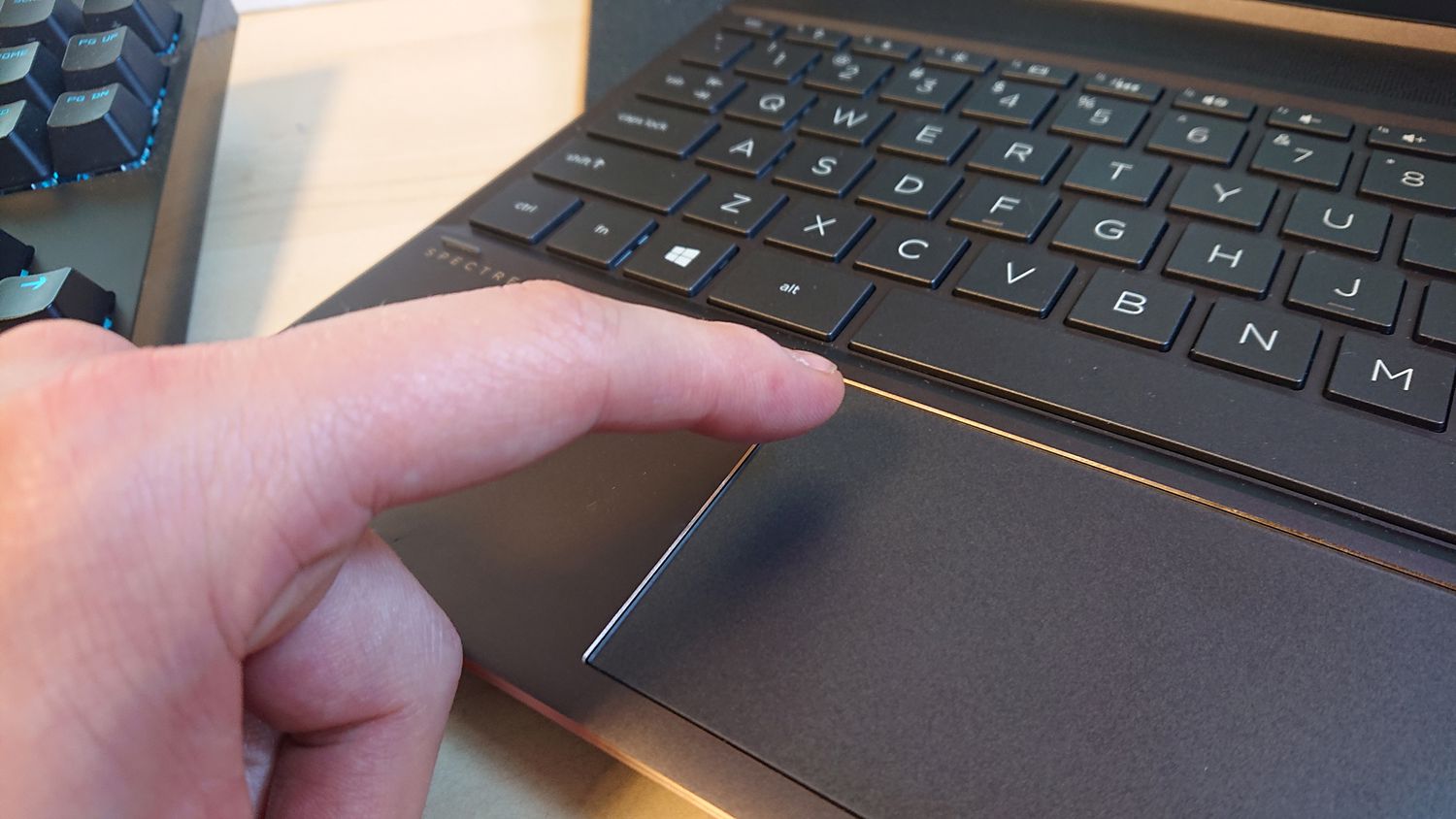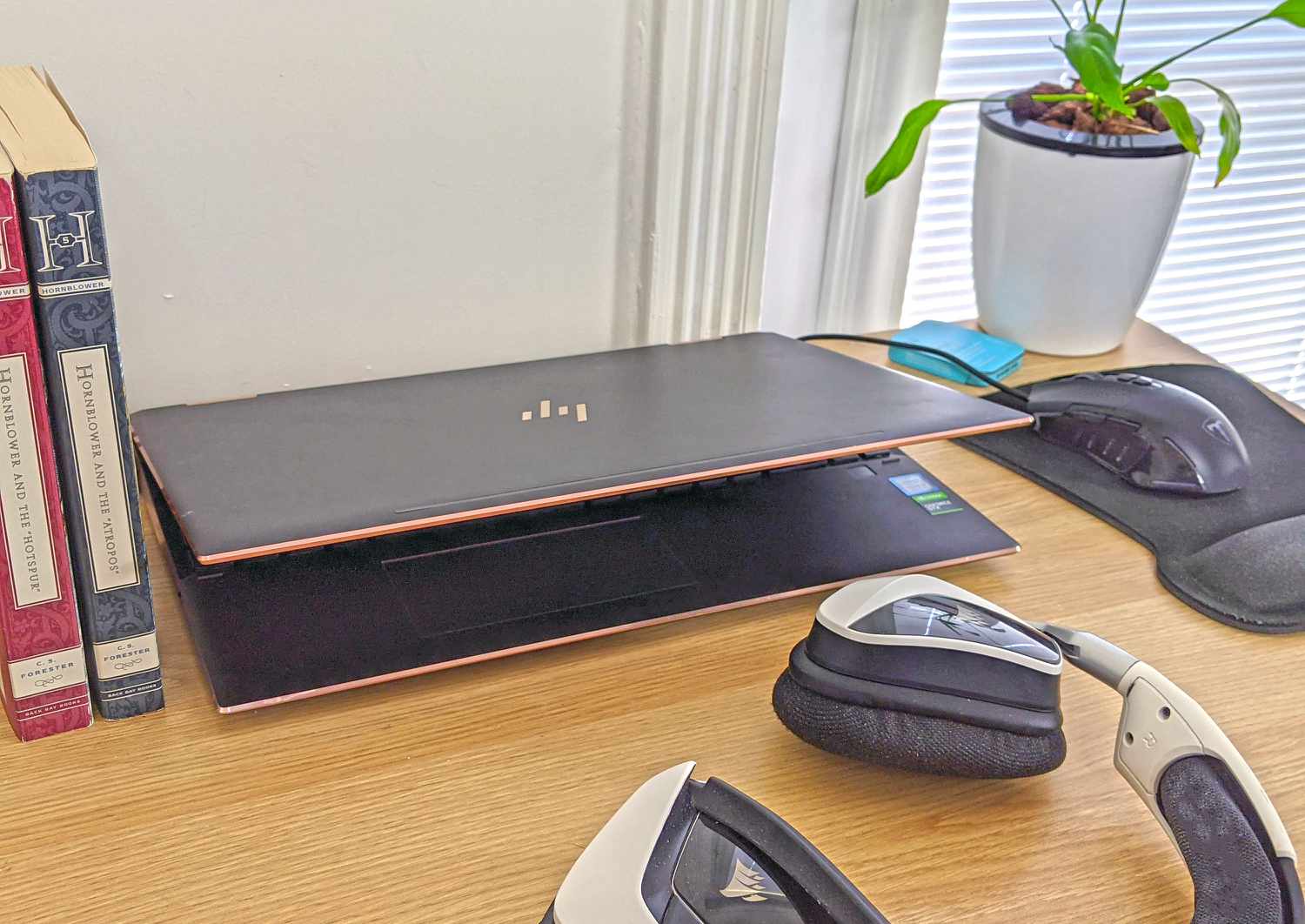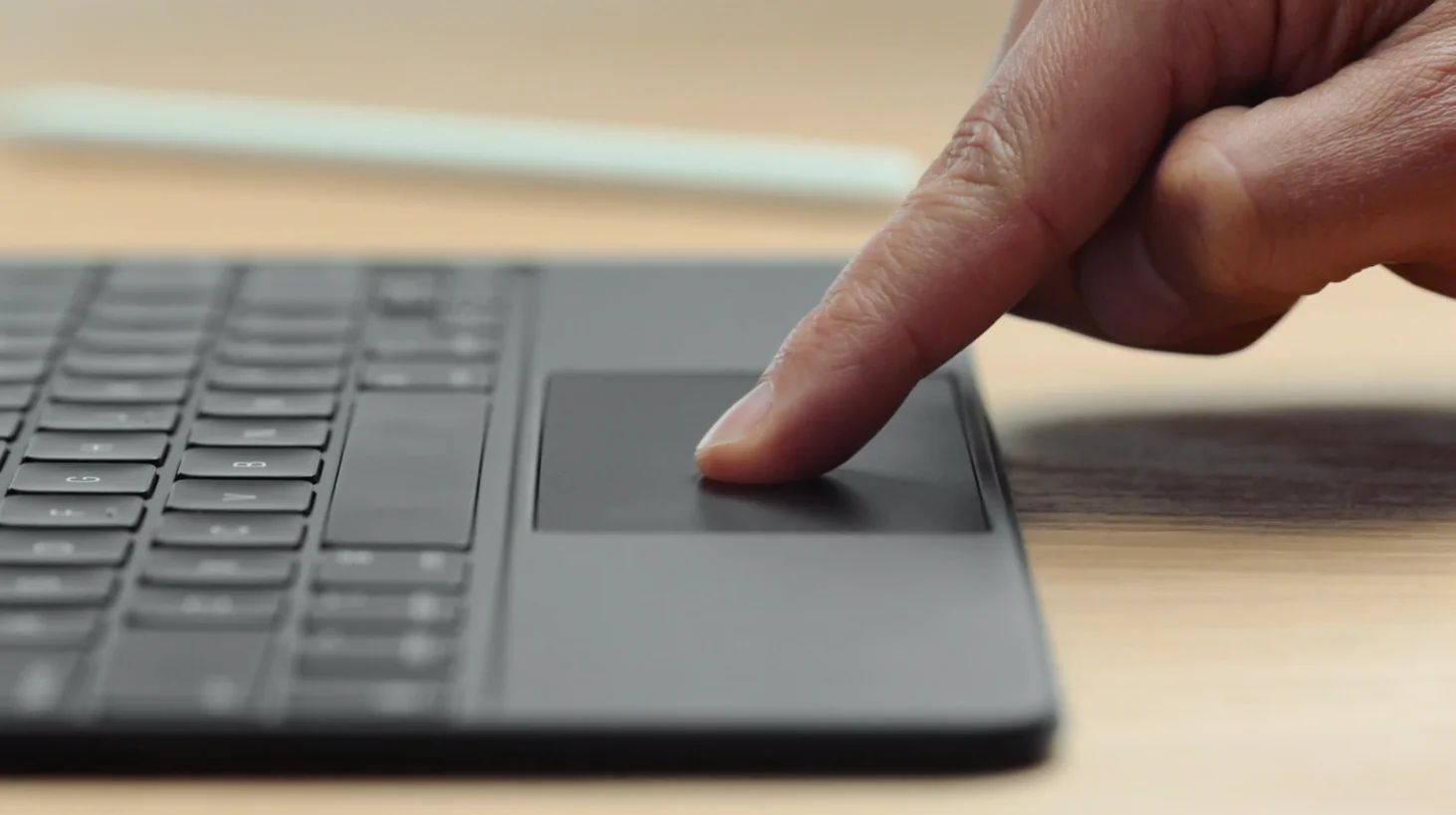Introduction
Introduction
Are you frustrated by the accidental movements caused by your laptop's touchpad? Many Windows 10 laptop users encounter this issue, but the good news is that there are multiple methods to turn off the touchpad and regain control. Whether you prefer using keyboard shortcuts, accessing the Device Manager, or utilizing the Settings app, you can easily disable the touchpad and enjoy a smoother computing experience.
In this guide, we will explore three effective methods to turn off the touchpad on your Windows 10 laptop. Each method offers its own advantages, allowing you to choose the one that best suits your preferences and familiarity with Windows settings. By following these step-by-step instructions, you can bid farewell to accidental cursor movements and focus on your tasks without the interference of the touchpad.
Let's delve into the various approaches to disabling the touchpad on your Windows 10 laptop, empowering you to take full control of your device's input options. Whether you're a tech enthusiast or a casual user, these methods are designed to simplify the process and enhance your overall computing experience. Let's get started!
Method 1: Using Keyboard Shortcut
If you’re seeking a quick and convenient way to disable your Windows 10 laptop’s touchpad, utilizing keyboard shortcuts can be an efficient solution. Follow these straightforward steps to employ this method:
- Locate the Function Key: Most laptops feature a designated function key that allows you to toggle the touchpad on and off. Look for an icon resembling a touchpad or trackpad on one of the function keys, typically labeled as F5, F6, F7, or a similar combination.
- Press the Function Key Combination: To disable the touchpad, press and hold the “Fn” key on your keyboard, then simultaneously press the function key associated with the touchpad. This action should instantly turn off the touchpad, preventing any unintended cursor movements.
- Re-Enable the Touchpad: If you wish to re-enable the touchpad, simply repeat the same key combination. Press and hold the “Fn” key, then press the designated function key again to reactivate the touchpad functionality.
By using this keyboard shortcut method, you can swiftly manage your touchpad without navigating through complex settings or menus. It offers a convenient way to toggle the touchpad on and off, providing immediate relief from accidental cursor movements and enhancing your overall productivity.
Now that you’ve learned how to disable the touchpad using keyboard shortcuts, let’s explore another effective method to accomplish this task. Whether you prefer the simplicity of keyboard commands or seek alternative approaches, the following methods will further expand your options for customizing your touchpad settings on Windows 10.
Method 2: Using Device Manager
Another effective approach to turning off the touchpad on your Windows 10 laptop involves using the Device Manager. This method provides a more in-depth way to manage your device settings and offers greater control over specific hardware components. Follow these steps to utilize the Device Manager for disabling the touchpad:
- Access the Device Manager: To open the Device Manager, right-click on the Start button and select “Device Manager” from the context menu. Alternatively, you can press the Windows key + X on your keyboard and choose “Device Manager” from the list of options.
- Locate the Touchpad Device: In the Device Manager window, expand the “Mice and other pointing devices” category to reveal the touchpad device. It is usually listed with the manufacturer’s name or as “PS/2 Compatible Mouse” or “Synaptics TouchPad,” depending on the hardware installed on your laptop.
- Disable the Touchpad: Right-click on the touchpad device and select “Disable device” from the context menu. A confirmation dialog may appear; click “Yes” to proceed with disabling the touchpad.
- Verify the Status: Once the touchpad is disabled, its entry in the Device Manager will display a downward arrow icon, indicating that the device is currently deactivated.
Using the Device Manager to disable the touchpad provides a more comprehensive method for managing hardware components. This approach grants you greater insight into your device’s configuration and allows for precise control over specific input devices, such as the touchpad. By following these steps, you can seamlessly deactivate the touchpad and regain control over your laptop’s input options.
Now that you’ve explored the Device Manager method, let’s proceed to the next approach, which involves using the Settings app to manage your touchpad settings. This alternative method offers a user-friendly interface for customizing your device’s input preferences, providing additional flexibility in disabling the touchpad on your Windows 10 laptop.
Method 3: Using Settings
Utilizing the Settings app in Windows 10 provides a user-friendly method to manage and customize various system configurations, including touchpad settings. This approach offers a straightforward way to disable the touchpad without delving into technical details. Follow these steps to utilize the Settings app for turning off the touchpad:
- Open the Settings App: Click on the Start button, then select the gear-shaped icon to open the Settings app. Alternatively, you can press the Windows key + I on your keyboard to launch the Settings app directly.
- Access the Devices Settings: Within the Settings app, click on “Devices,” which is represented by an icon resembling a keyboard and a mouse. This section allows you to manage various hardware devices connected to your Windows 10 laptop.
- Select Touchpad Settings: In the left-hand menu of the Devices section, click on “Touchpad” to access the touchpad settings. This will present you with options to customize the touchpad behavior and gestures.
- Disable the Touchpad: Under the “Touchpad” settings, locate the toggle switch or checkbox that allows you to turn off the touchpad. Depending on your laptop model and touchpad drivers, the specific option may vary. Once disabled, the touchpad functionality will be instantly turned off.
Using the Settings app to disable the touchpad offers a streamlined and intuitive approach, making it accessible to users with varying levels of technical expertise. This method provides a convenient way to manage touchpad settings without the need for advanced system knowledge, allowing you to effortlessly customize your input preferences.
Having explored the three methods for turning off the touchpad on your Windows 10 laptop, you now have a diverse set of options to suit your preferences and familiarity with Windows settings. Whether you prefer the simplicity of keyboard shortcuts, the detailed control provided by the Device Manager, or the user-friendly interface of the Settings app, these methods empower you to customize your touchpad settings according to your specific needs.
Conclusion
Mastering the art of disabling the touchpad on your Windows 10 laptop is a valuable skill that enhances your overall computing experience. By exploring the three distinct methods—utilizing keyboard shortcuts, accessing the Device Manager, and leveraging the Settings app—you’ve gained versatile approaches to manage your touchpad settings with ease.
Whether you prefer the swift convenience of keyboard commands, the in-depth control offered by the Device Manager, or the user-friendly interface of the Settings app, each method caters to different user preferences and technical proficiencies. These options empower you to seamlessly disable the touchpad and regain control over your device’s input options, ultimately enhancing your productivity and user experience.
As you navigate the diverse landscapes of Windows 10 settings, remember that the ability to customize your device to suit your specific needs is a testament to the flexibility and personalization offered by the operating system. Whether you’re a tech enthusiast or a casual user, the methods outlined in this guide equip you with the knowledge to confidently manage your touchpad settings and optimize your computing environment.
With these valuable insights at your disposal, you can confidently tackle touchpad-related challenges and tailor your device to align with your unique preferences. Embrace the versatility of Windows 10 and leverage these methods to seamlessly control your touchpad, ensuring a smoother and more efficient computing experience.

























